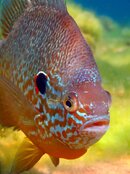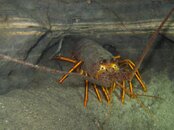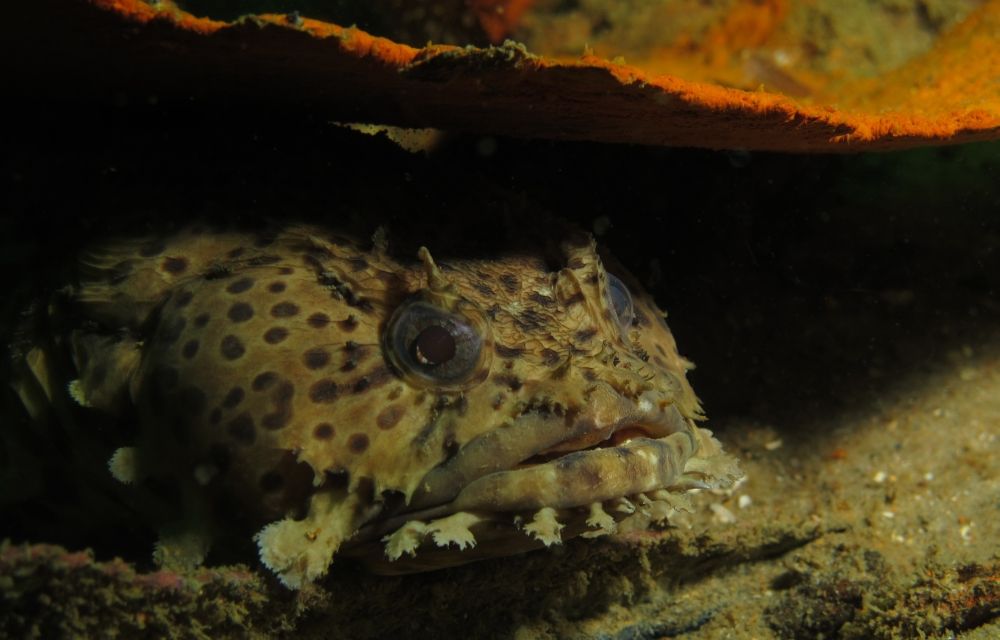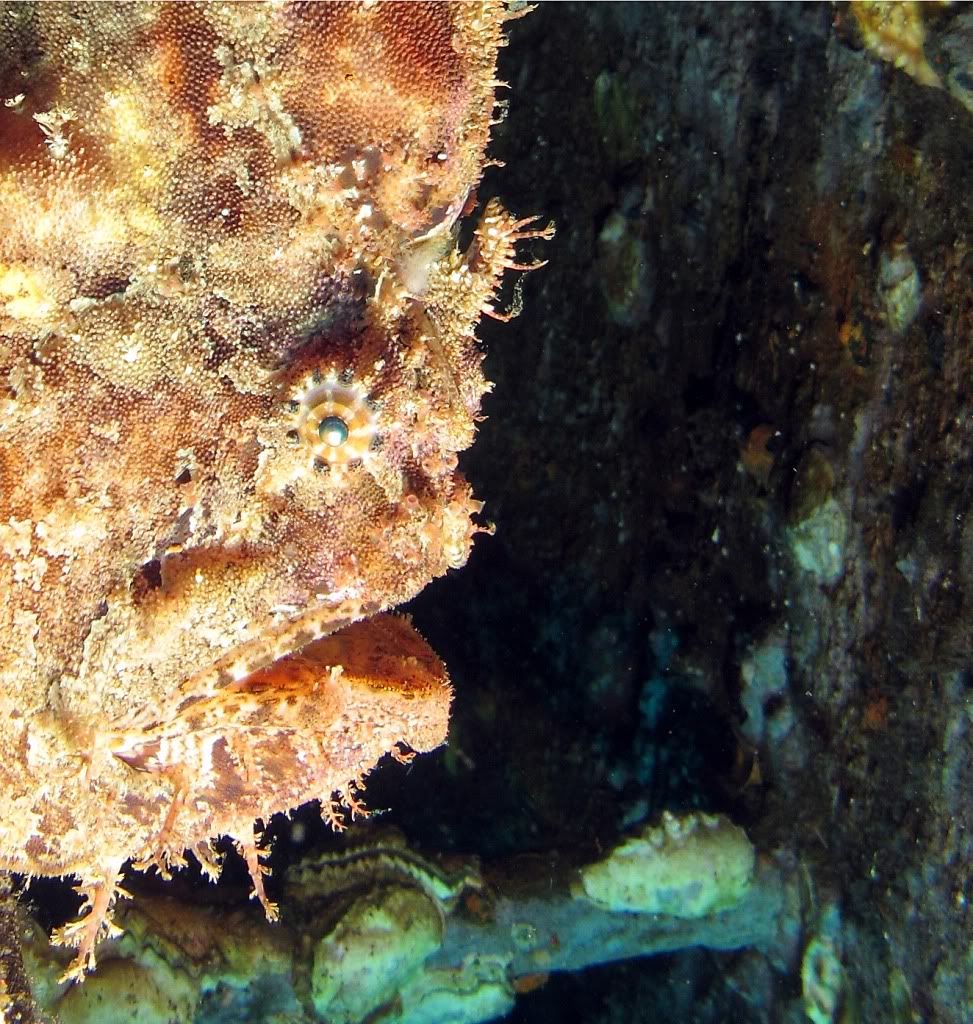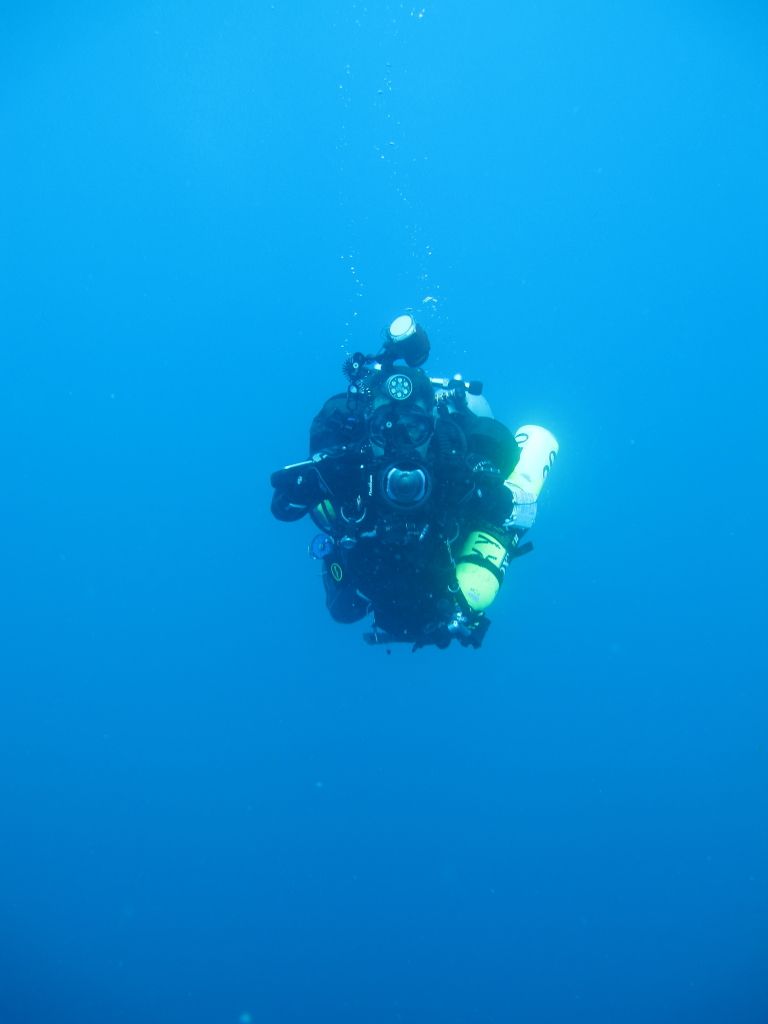milbournosphere
Contributor
I've been diving with my Canon point'n'shoot for a while, and it does alright, but I'm hoping to squeeze more out of it.
The camera in question is a PowerShot SD1000, used in Canon's WP-DC13 case. I've got custom firmware loaded on the camera, which enables RAW format shooting, as well as better ISO control, etc. Often times 've gotten results like this (uncorrected for white balance, etc.):

I think it's because I need some kind of lighting; I shoot plenty with my DSLR on land and know the value of good light. The built in flash is kinda useless, at least the way I'm using it. Is an entry level strobe that might fit onto and work with my camera/case, or tips to use the flash in order to prevent backscatter?
The camera in question is a PowerShot SD1000, used in Canon's WP-DC13 case. I've got custom firmware loaded on the camera, which enables RAW format shooting, as well as better ISO control, etc. Often times 've gotten results like this (uncorrected for white balance, etc.):

I think it's because I need some kind of lighting; I shoot plenty with my DSLR on land and know the value of good light. The built in flash is kinda useless, at least the way I'm using it. Is an entry level strobe that might fit onto and work with my camera/case, or tips to use the flash in order to prevent backscatter?




